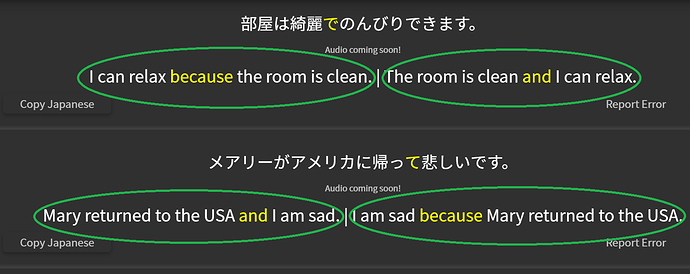UpdaTE! - March 3, 2020
New [て] grammar is here! This new batch dives deep into the て-form, covering a variety of conjugations, examples, and contexts.
Yo dawg, we heard you like て…
Verb[て] + B (Sequence) - Bunpro N5, Lesson 7
Adjective[て]・Noun[て] (Conjugation) - Bunpro N5, Lesson 9
Adjective[て] + B (Qualities・States) - Bunpro N5, Lesson 10
[て] + B (Reason・Cause) - Bunpro N4, Lesson 5
Verb[て]・Noun[て] + B (Means・Manner) - Bunpro N4, Lesson 9
Happy studying!






 . I would prefer this to ensure the causative implication if I had to translate this using ‘and’:
. I would prefer this to ensure the causative implication if I had to translate this using ‘and’:


